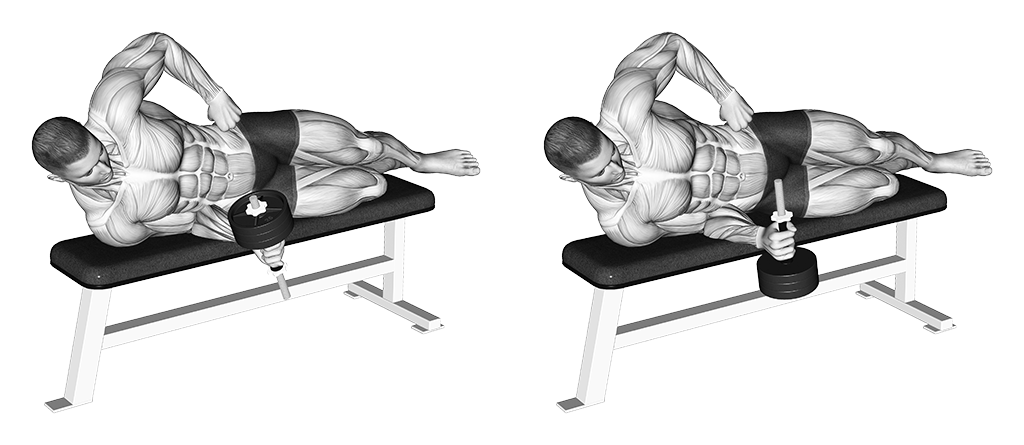Exercise Anatomy
SUPINATION-PRONATION
The Supination-Pronation exercise is crucial for enhancing forearm strength, flexibility, and overall wrist mobility. This simple yet effective movement targets the muscles responsible for rotating the forearm, promoting improved functionality in daily activities and sports. Incorporating this exercise into your routine not only helps in building forearm strength but also contributes to better coordination and injury prevention. The unique aspect lies in its specificity to the rotational movements of the forearm, making it a valuable addition for comprehensive upper body training. Add this exercise to your regimen to experience the benefits of increased forearm strength and flexibility.

Major Muscles and Actions Involved
Supination and pronation are joint actions involving the rotation of the forearm. In supination, the palm of the hand turns upward or forward, while pronation involves rotating the forearm with the palm facing downward or backward.
Muscles involved in supination:
Muscles involved in pronation:

Sports Uses
The Supination-Pronation exercise holds direct benefits for several sport activities that involve intricate wrist and forearm movements. Athletes in sports like tennis, golf, and baseball benefit significantly from this exercise as it enhances the rotational strength and flexibility needed for powerful and controlled movements during swings, throws, and racket strokes. Additionally, activities such as rock climbing and martial arts, where gripping and twisting motions are prevalent, can be optimized through the improved forearm strength and mobility gained from practicing supination and pronation exercises. Integrating these movements into training routines proves valuable for athletes seeking to enhance performance in sports requiring precise wrist and forearm coordination.
Exercise Tips
- Technique: Whether using a strength bar or dumbbell, initiate the movement with a neutral wrist position. Focus on smooth and controlled rotations during both supination and pronation. Keep the movements steady and avoid jerking.
- Range of Motion: Ensure a complete range of motion for supination and pronation. Emphasize the full rotation of the forearm while maintaining proper form. Avoid hyperextension or overflexion to prevent injury.
- Amount of Weight Used: Begin with a manageable weight, especially if you're new to the exercise. Prioritize proper form over heavy weights. Gradually increase resistance as you gain strength and proficiency.
- Grip: Maintain a comfortable and secure grip on the strength bar or dumbbell. Experiment with different grips, such as overhand and underhand, to target various forearm muscles. Ensure the grip is firm but not overly tense.
- Variations: Explore variations in hand positioning to target specific areas of the forearm. Adjust the grip width or the angle of the wrist to introduce variety and engage different muscle fibers.
- Unique Muscle Involvement: Engage muscles such as the biceps brachii, supinator, pronator teres, and pronator quadratus. The exercise targets the rotational muscles of the forearm, promoting overall forearm strength and stability.
- Breathing: Coordinate your breath with the movement. Inhale during the starting position and exhale during the rotation of the forearm. Maintain a consistent breathing rhythm to enhance control and focus during the exercise.
